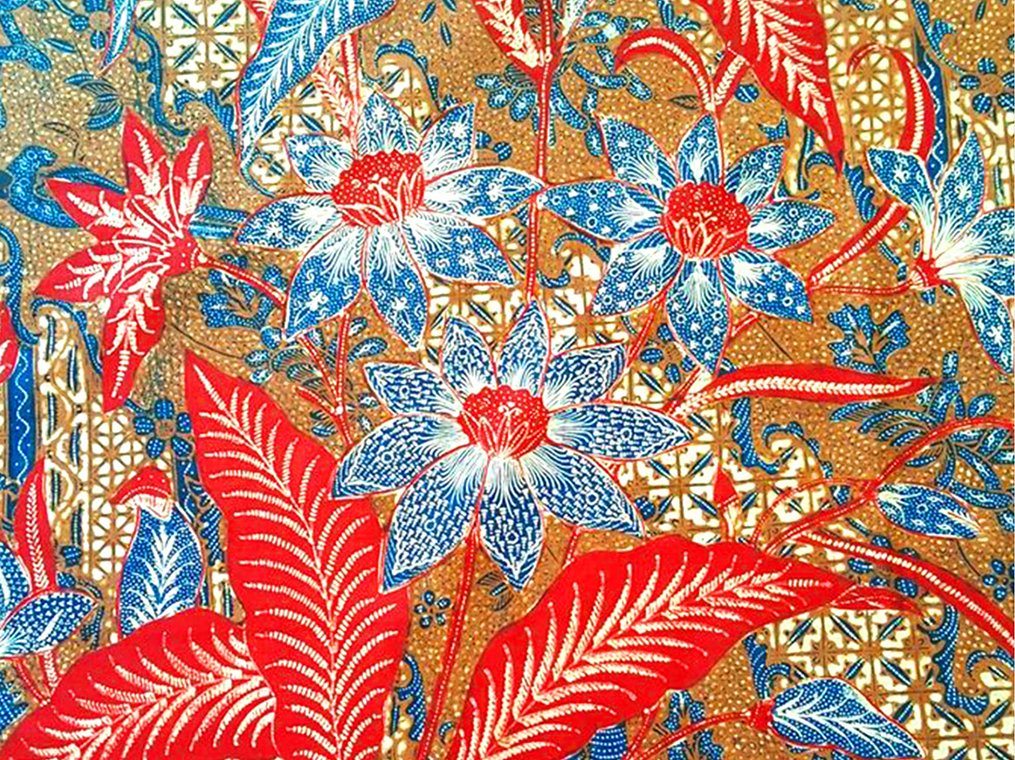Peranakan often refers to an ethnic group of Southern Chinese settlers in Southeast Asia. The influence of Chinese ethnicity in Indonesian history is quite large, especially in trade.
A long, long time ago, our elders came from China on boats as traders to Indonesia. They brought beautiful ceramics, fabrics, and furniture into the country. But that’s not all. They also brought a way of appreciating artistry in the home.
As they mingled with the Indonesians, a new Chinese Indonesian or Peranakan aesthetic began to grow. New materials were chosen, new shapes were formed, and tropical vibrant colors were introduced.

PHILOSOPHY OF 'TIGA NEGERI'
The intermingling of cultures resulted in a philosophy known as ‘Tiga Negeri’. ‘Tiga’ means ‘three’ while ‘negeri’ means ‘country’. This ‘Three Countries’ philosophy inspires our designs to embody these three characteristics.
This philosophy originally came from Batik Tiga Negeri which uses three main colors, each representing a specific culture: red, indigo blue, and soga brown. Red is a symbol of happiness in Chinese traditions and is often used in weddings. Blue came from the Dutch, influenced by Europeans. Soga brown, the color of a natural brown dye, is synonymous with Javanese culture. Javanese is the largest ethnic group in Indonesia.
The intermingling of cultures resulted in a philosophy of 'Tiga Negeri'.

Chinese influenced aesthetics
The use of bright colors and curved accents is inspired by ceramics and the sweeping rooftops of classic Chinese designs.

Indonesian exquisite craftsmanship
The rich natural resources of Indonesia are weaved with heritage techniques that have been developed through generations.

European design philosophy
We use a simple and modern approach to design: form follows function.






